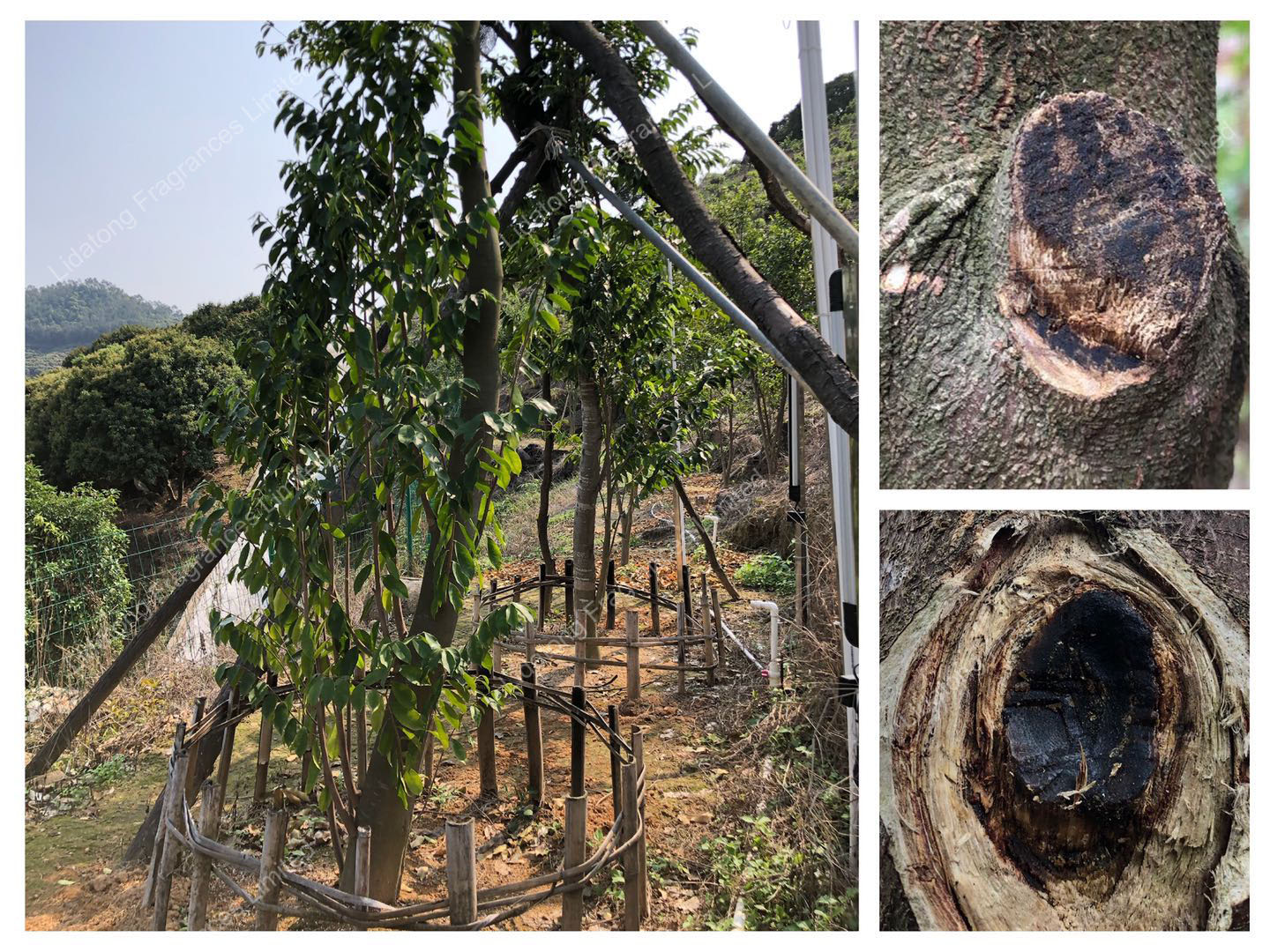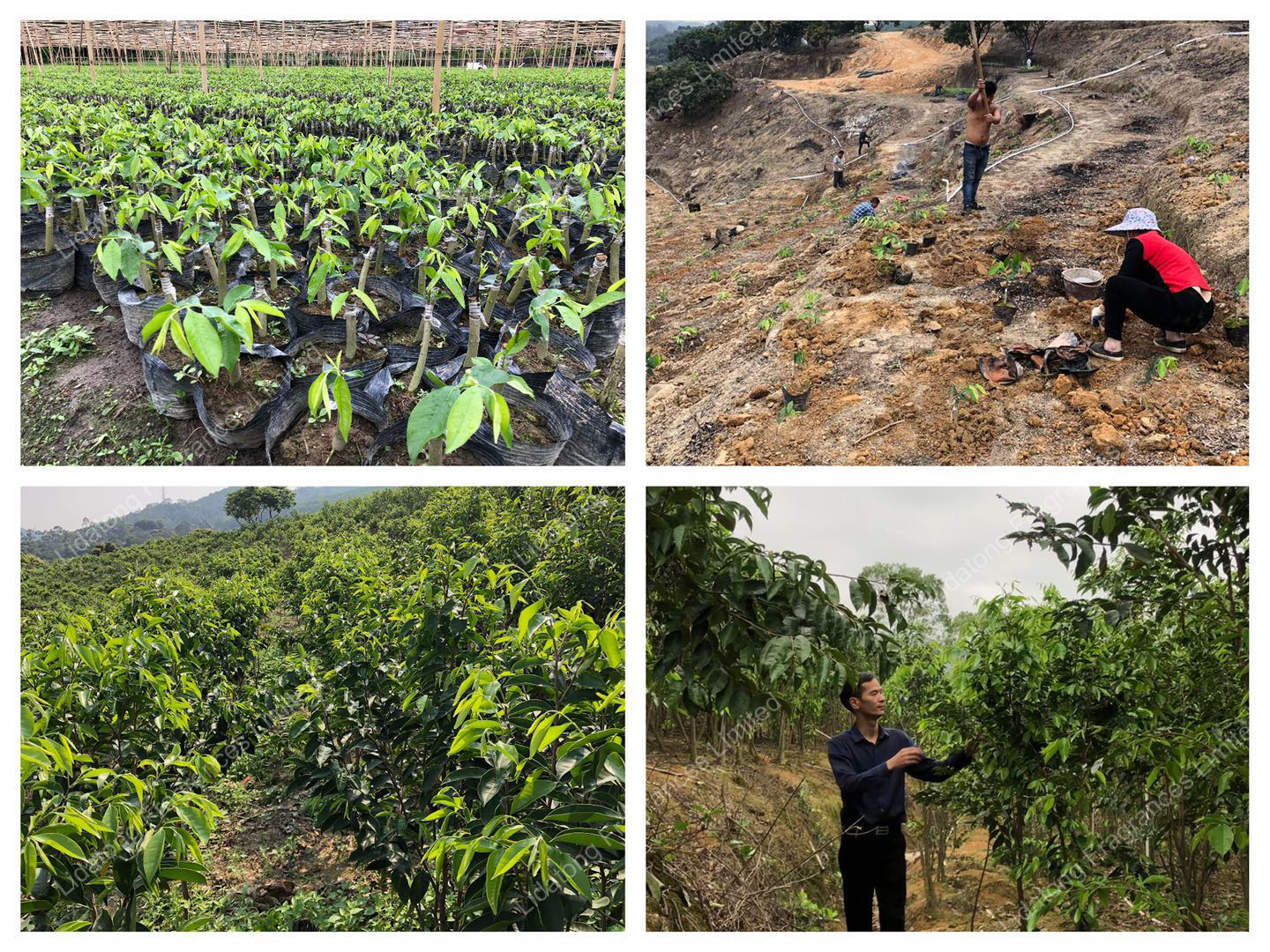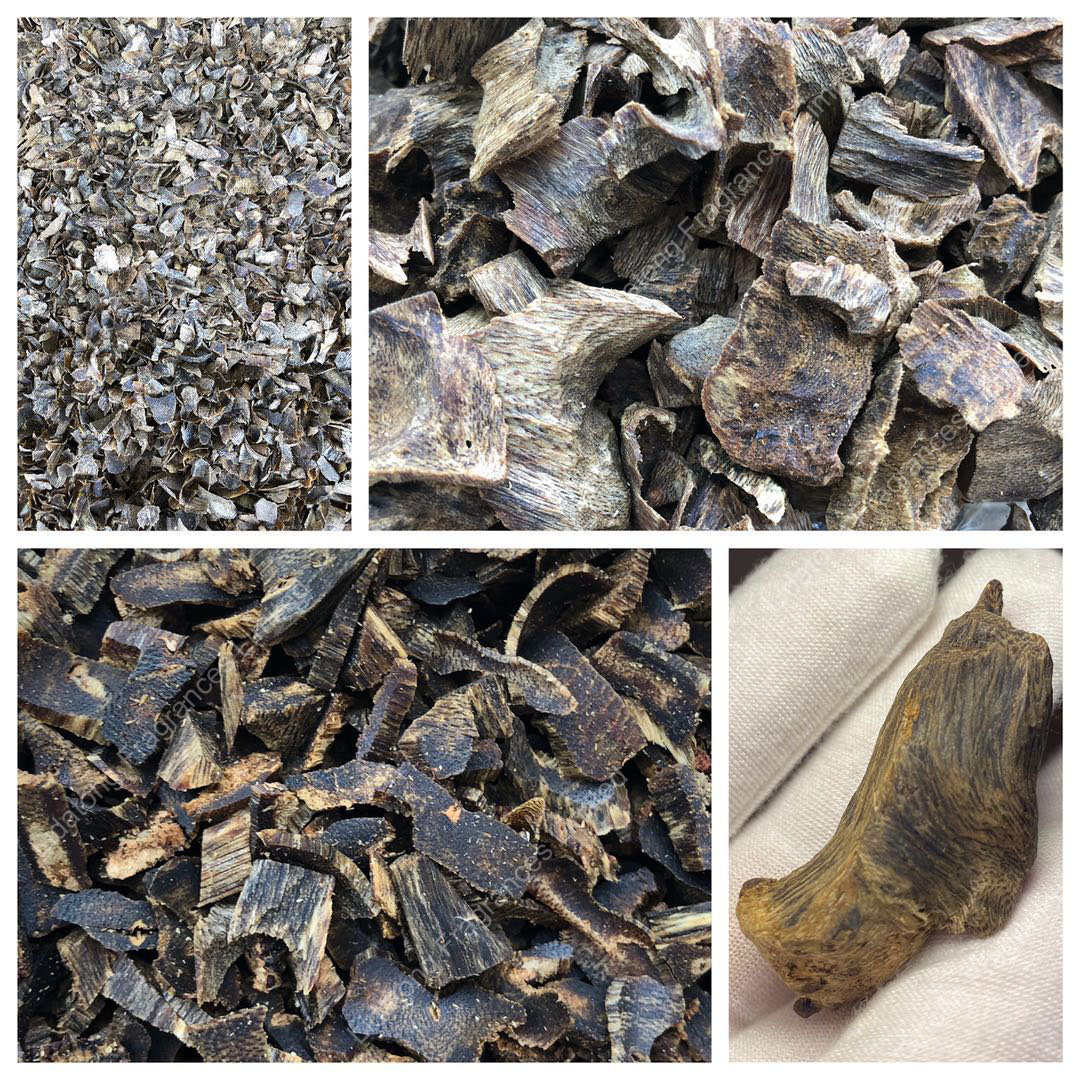
Wild Kynam
Kinam (Kyara, Kynam, Qinan) is the rarest type of agarwood and the most expensive aromatic substance on earth, originate in the jungles of Vietnam and China. Single gram of authentic Kinam retails for 500 USD. A solid piece weighing a kilogram or more would be in the millions.

Kynam Tree Transplanted From The Jungle
All of us have been told over and over again, "the Kinam can only come from ancient wild trees, and the trees need to be harmed by lightning and animals (such as honeybees, ants and snakes)". This has been repeated as absolute truth, we have all come to accept this as dogma. Until the year of 2010, we transplanted a wild and small Kinam tree from the jungles in the Huizhou city, Guangdong, China, we realized that our previous knowledge on the Kinam formation might be wrong. The Kinam tree looks the same as Agarwood trees. When we make some physical wounds in the Kinam tree by drilling or hacking, it will produce Kinam instead of agarwood around the wounds. When we chew the leaves of the Kinam tree, the taste is not as bitter as Agarwood. The Kinam formation process is strong and fast, it can produce thick and oily Kinam in 2 or 3 years.

Kynam Plantation
We planted some thousands trees from the seeds of the Kinam tree, when the trees are 3 years old, we made some physical wounds in the trees, after one year, we checked all the trees, all of them can not produce Kinam. In the meanwhile, we planted dozens of grafted trees (graft the branch of the Kinam tree on the small A.Sinensis tree with 2 to 3 years old). In 2016, we found Kinam in the grafted Kinam trees, all of the grafted Kinam trees can produce Kinam, it is amazing. We are confident that this way is workable. In 2017, we established our Kinam plantation based in Guangdong province, China, planted 600,000 grafted Kinam trees till the year of 2020, and we are planting continuously.

Cultivated Kynam
Cultivated Kynam VS Wild Kynam Comparison
1. Appearance And Texture Assessment
Kinam are known to be rich in oils, they are generally quite soft and pliable. The cultivated Kinam is rich in oils, soft and pliable.
The wild Kinam is more close-grained than cultivated Kynam, cause the cultivated Kinam trees are young and grow fast in the plantation.
2. The Scent
The cultivated Kinam has some of the key notes of wild Kinam.
The scent of cultivated Kinam is not as strong and complex as wild Kinam.
3. The Taste
One of the classic identity testing for Kinam is the numbing sensation when chewed upon, on the tip of the tongue using only the incisors. But numbness aside, the crushed wood also releases a bitter taste followed by a mild Kinam scent after sweetness.
The cultivated Kinam has the same taste as the wild Kinam, but not that strong.
1. Appearance And Texture Assessment
Kinam are known to be rich in oils, they are generally quite soft and pliable. The cultivated Kinam is rich in oils, soft and pliable.
The wild Kinam is more close-grained than cultivated Kynam, cause the cultivated Kinam trees are young and grow fast in the plantation.
2. The Scent
The cultivated Kinam has some of the key notes of wild Kinam.
The scent of cultivated Kinam is not as strong and complex as wild Kinam.
3. The Taste
One of the classic identity testing for Kinam is the numbing sensation when chewed upon, on the tip of the tongue using only the incisors. But numbness aside, the crushed wood also releases a bitter taste followed by a mild Kinam scent after sweetness.
The cultivated Kinam has the same taste as the wild Kinam, but not that strong.
Since the cultivated Kinam formation process is strong and fast without inoculation or chemical, the whole process is organic, the scent is close to wild Kinam. The cultivated Kinam is rich in oils, it is suitable for distilling the essential oils. The cultivated Kinam will play an important role in the Oud oil industry in the near future.
For more details of our Kinam plantation, please see the video in the YouTube, the link as below:
https://youtu.be/zrYTA7GpsvE
For more details of our Kinam plantation, please see the video in the YouTube, the link as below:
https://youtu.be/zrYTA7GpsvE

